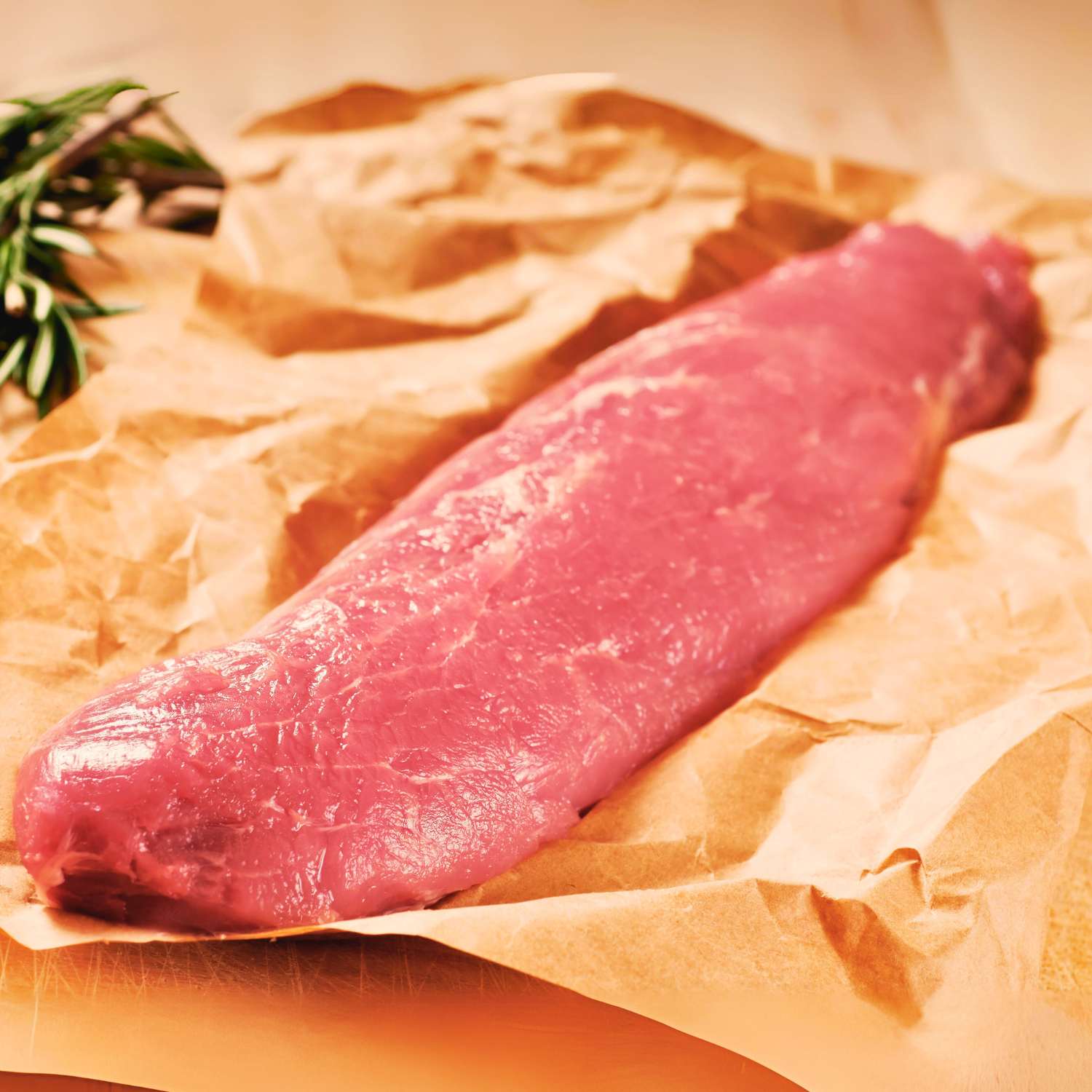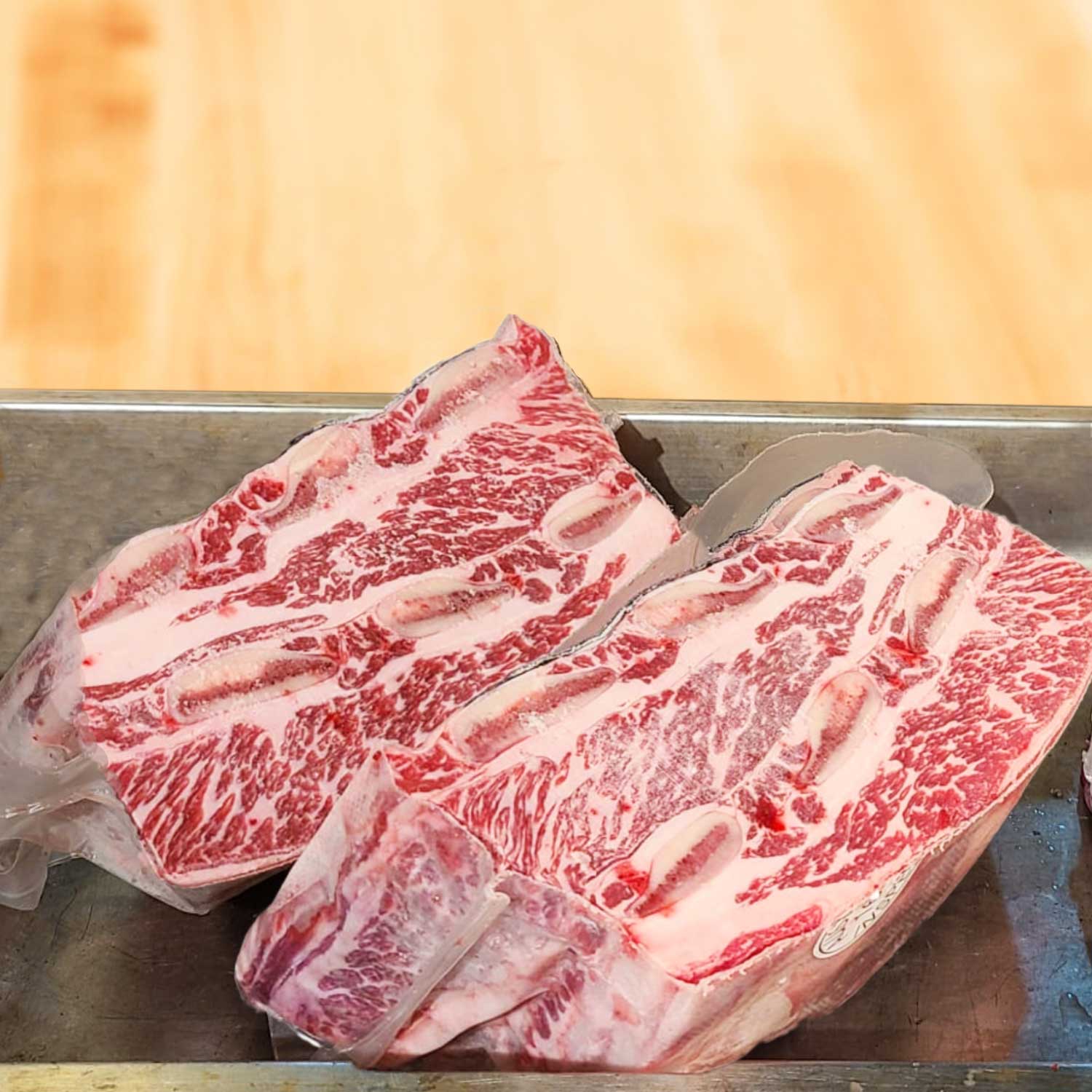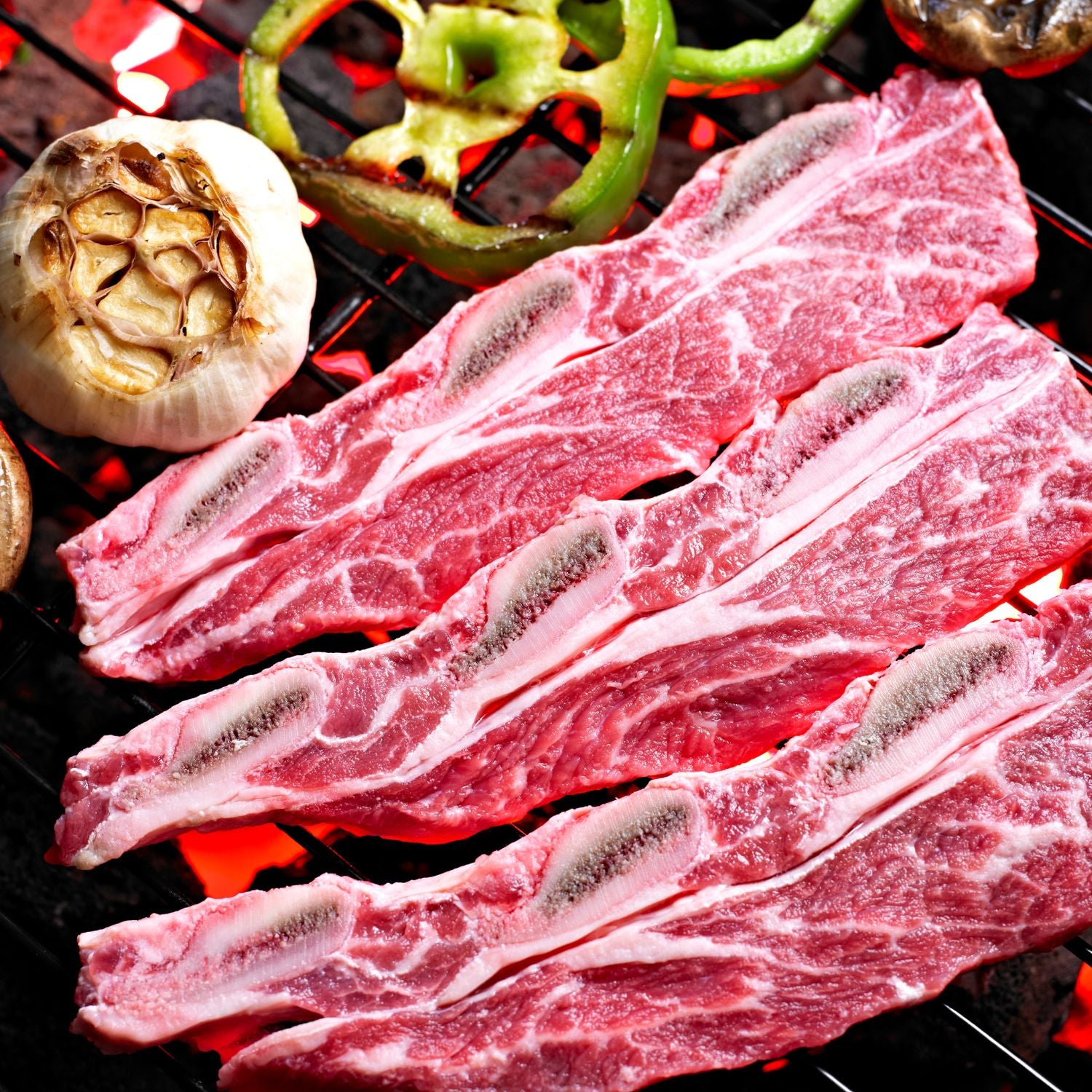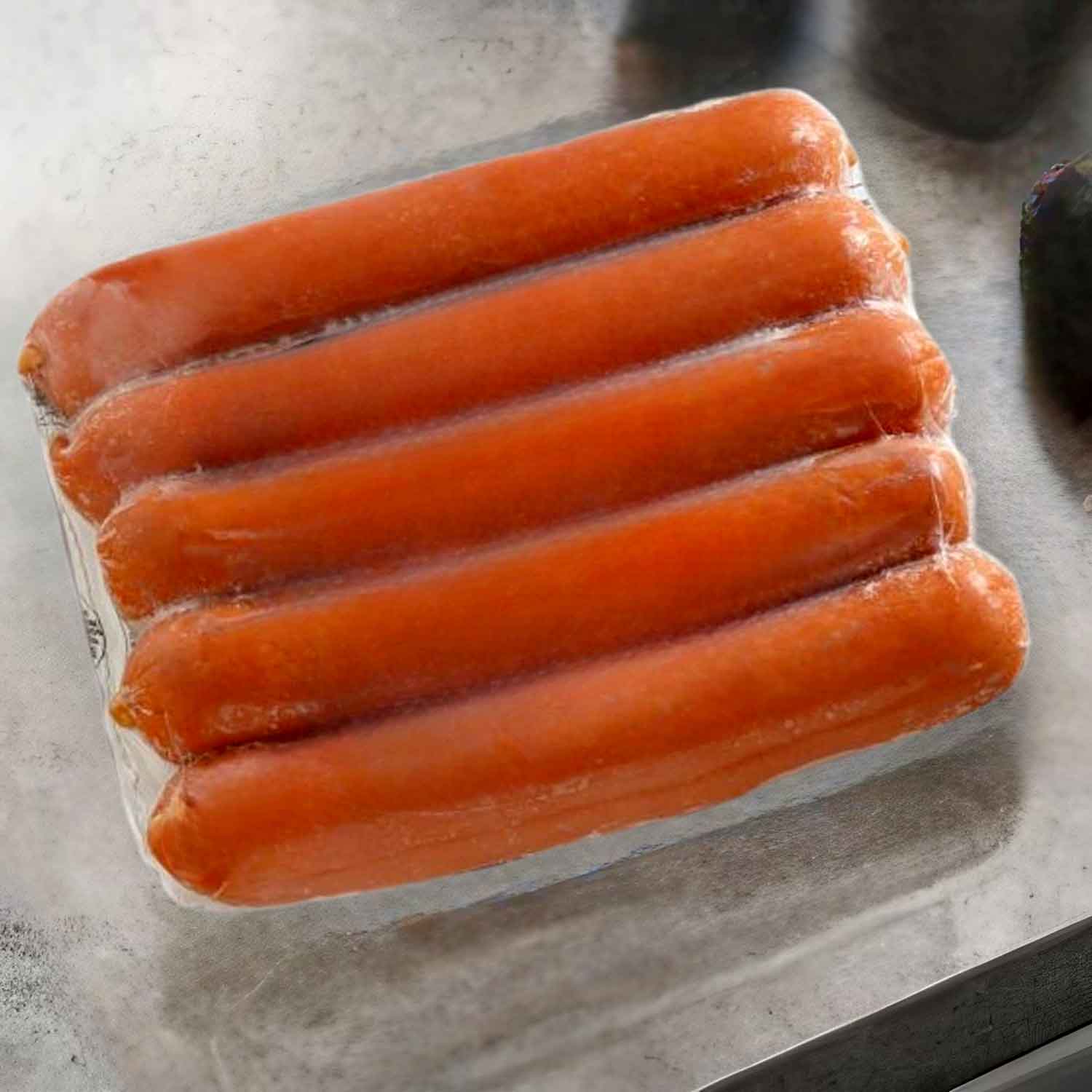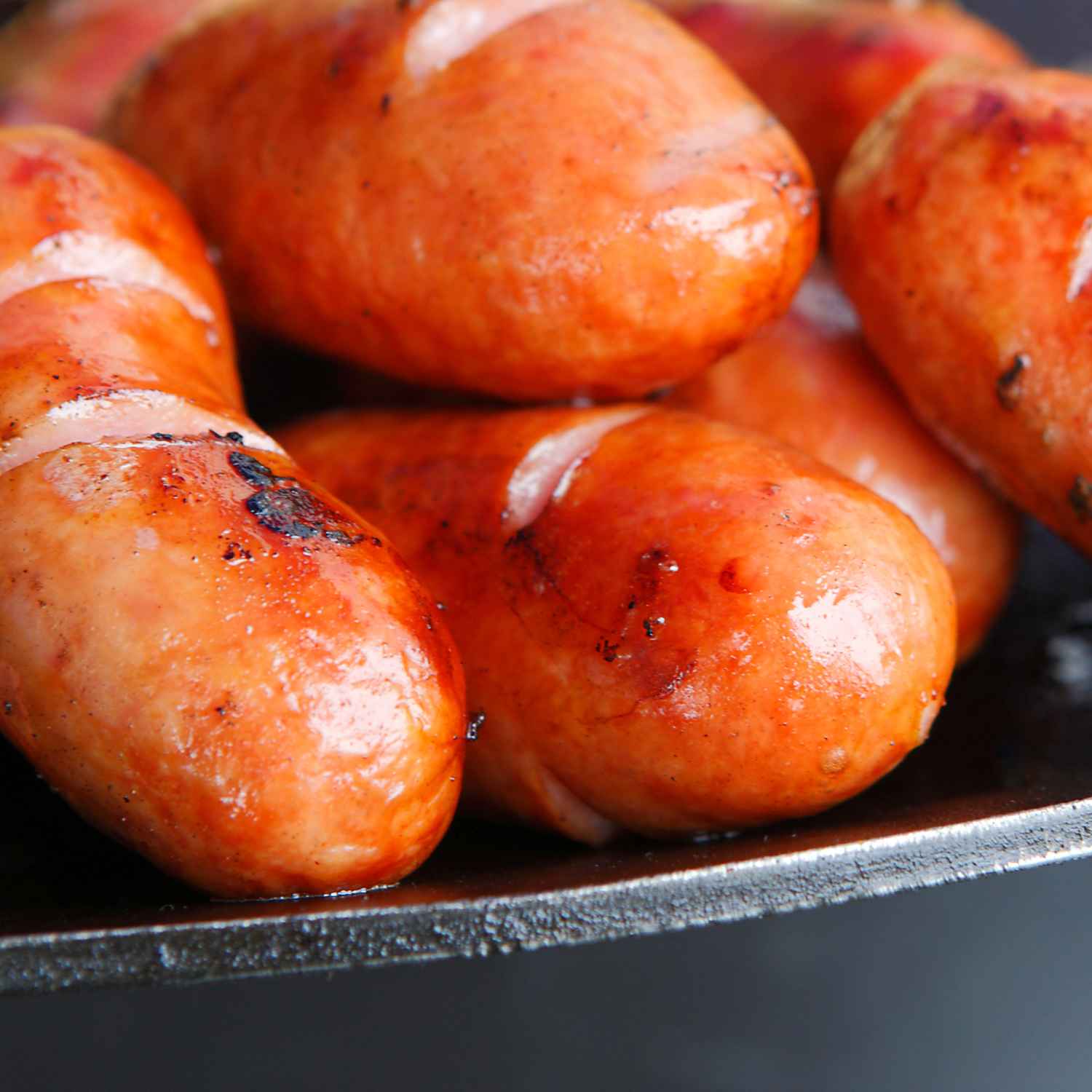Understanding Beef Quality: What to Look for in Hong Kong's Meat Markets
The Origins of Grass-Fed Beef
Grass-fed beef has a unique story in Hong Kong. It's not just meat; it's a healthier choice. The cattle graze on grass, not grain, leading to leaner beef. This natural diet gives the beef a rich, distinct flavor. In Hong Kong, this beef stands out for its quality. It is often imported from countries known for grass-fed cattle. These include Australia and New Zealand, known for strict farming standards. When choosing beef in Hong Kong, look for the grass-fed label. This ensures you get meat that is not only tasty but also raised in a better way for both the animal and the environment. Remember, grass-fed beef is not just about the taste. It's about the story of where and how the cattle were raised.

How Beef Quality is Graded in Hong Kong
In Hong Kong, beef quality is graded by marbling, color, and firmness. Look for a grading stamp. It assures meat quality. Grades range from Prime, Choice, to Select. The better the grade, the finer the beef. Marbling refers to fat within the muscle. It adds flavor. Meat color should be a healthy red. Not too dark. Firmness indicates freshness. It also affects texture. Learn these grades for the best beef picks in Hong Kong.
The Importance of Butchery and Proper Aging
The butchery process matters a lot for beef quality. Good butchers know how to make the best cuts. Proper aging is key for flavor and tenderness. Beef needs time to develop taste and softness. Look for meat that's aged at least a few weeks. This makes the beef rich and enjoyable. MeatKing.hk cherishes these quality steps. They offer top grass-fed options. Remember, well-aged beef from experts is worth it.
The Ultimate Guide to Cooking Grass-Fed Steaks
Selecting the Right Cut for Your Palate
Picking the right steak cut is vital for a great meal. Each cut has a unique flavor and texture. Here's a simple guide to choosing the best one for you:
- For a tender and lean option, try a Grass Fed Tenderloin.
- If you like a mix of tenderness and rich flavor, go for the Grass Fed Ribeye.
- Love a meaty steak with a little fat? Grass fed Striploin is the way to go.
- If it's a bold taste you're after, the Bone-In Rib Eye offers a deep flavor.
Consider what cooking method you'll use. Some cuts grill better, while others are perfect for a hot pan.
Remember, in Hong Kong, the best steaks - like Wagyu - are prized for their quality. Look for MeatKing.hk as a trusted source for premium, grass-fed beef cuts.
Step-by-Step Guide to Preparing the Perfect Steak
Cooking grass-fed steaks to perfection starts with the right prep. Here's a simple guide:
- Choose your cut. Think about texture and flavor.
- Bring it to room temperature. Let the steak sit outside the fridge for about 30 minutes.
- Season it well. Just salt and pepper can do wonders.
- Preheat your pan or grill. You want it really hot!
- Sear the steak. Put it in the pan and don't move it for a few minutes.
- Flip it just once. Let the other side get a lovely crust.
- Check for doneness. Use a meat thermometer or go by touch. Medium-rare is often best.
- Let it rest. Give it 5-10 minutes off the heat before slicing. This keeps it juicy.
- Serve and enjoy. Your perfect grass-fed steak is ready to impress.
Remember, practice makes perfect! Enjoy the process and your delicious steak.
Innovative Techniques for Enhancing Flavor and Tenderness
There are unique methods to boost taste and texture in grass-fed steaks. First, consider a dry brine. This involves salting the steak and letting it rest, which helps with flavor and tenderness. A marinade is another option. Use ingredients like rosemary and garlic to add depth. Sous vide cooking can also ensure even doneness and softness. Lastly, try reverse searing. Cook the steak on a low heat initially, then sear it at high heat for a perfect crust. These tips give a steakhouse-quality experience at home.
The Art of Tenderloin: Unforgettable Recipes and Pairings
The Secret to Mastering Tenderloin: A Chef's Insight
Tenderloin is a prized cut, loved for its soft texture. Tricks from top chefs make it shine. Here's the secret to getting that perfect tenderloin: Start with the highest quality beef. Go for grass-fed from trusted HK sources. Keep it simple. Salt, pepper, and a little oil can be enough. Sear it hot and fast for a brown crust. Then, move to a lower heat to finish cooking. Cook it rare to medium-rare, this keeps it most tender. Always let it rest before slicing. This keeps the juices in. Follow these steps for a stellar tenderloin meal.
Expert Tips for Perfectly Cooked Tenderloin
Cooking tenderloin is an art. To achieve the best taste, follow these expert tips. First, use a meat thermometer for precise doneness. Second, let the tenderloin rest after cooking to retain juices. Third, cook it at high heat quickly to sear the outside while keeping the inside tender. Lastly, season the meat well before cooking to enhance its rich flavors.
The Ideal Wine Pairings for Beef Tenderloin
Choosing wine for beef tenderloin is key. Here are top pairings:
- Aged Cabernet Sauvignon: Its rich taste complements the meat.
- Pinot Noir: Its lighter body balances the tenderloin's richness.
- Chardonnay: A white option, it contrasts well with the dish.
- Merlot: Smooth, with a hint of fruit to highlight the beef's flavors.
Enjoy your tenderloin with these wines for a great meal.















